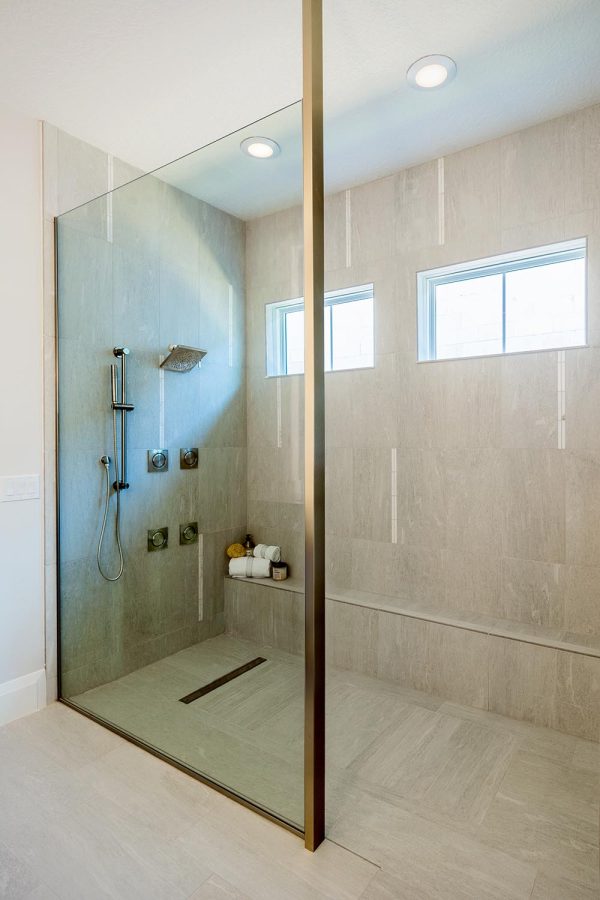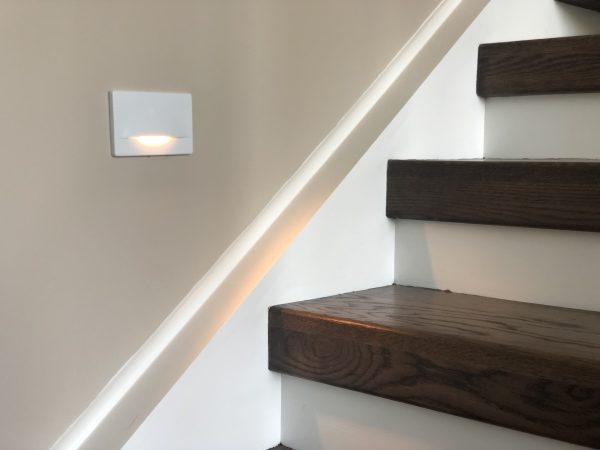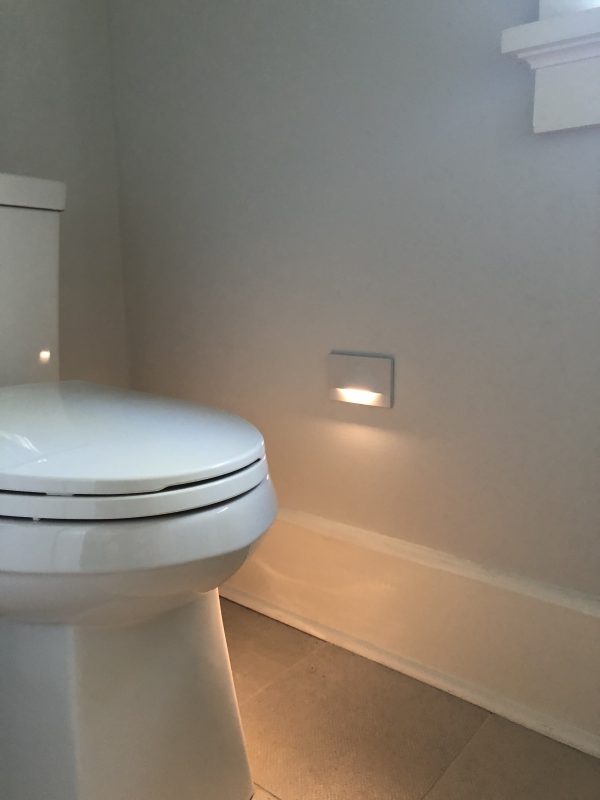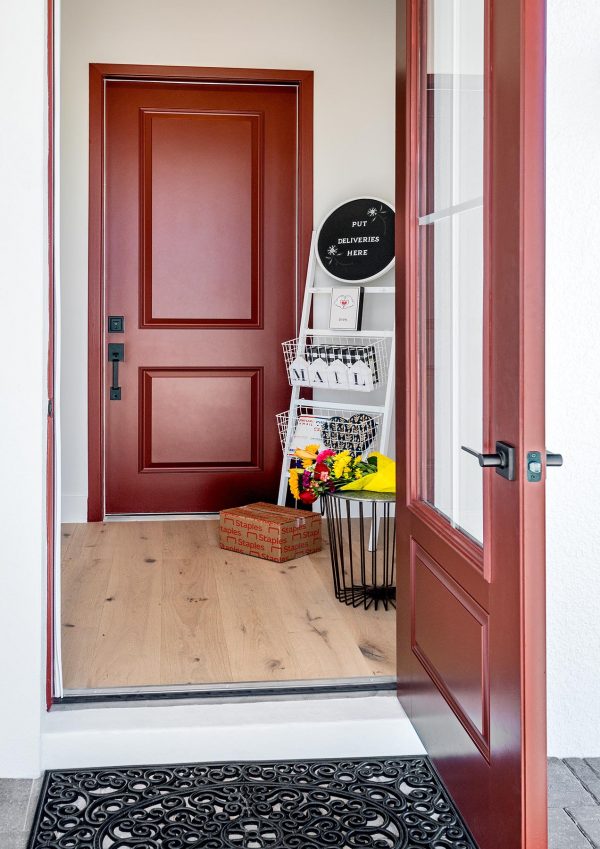April 15, 2024
Aging in Place for Longer
I saw an article recently that pointed out that baby boomers are staying in their homes longer and delaying moving into “senior” housing options. The article pointed out that their delay in selling their homes was leaving a gap in the resale housing market.
But I viewed this from a different perspective. I think it is awesome that my demographic is choosing to age in place longer. I then started thinking of the reasons why this might be. Furthermore – what changes might prolong their stay in place longer? Why stop there? What if we could design homes that actually contribute to a healthier and more independent life?
Before we cover all the awesome changes to our built environment that help us age well, let’s quickly list the challenges we need to address upfront.
Challenges for aging adults
- Falls
- Diminished eyesight
- Accessibility
- Isolation
- Driving
With this in mind, let’s go through what might be contributing to them staying in place longer.
Contributors To Staying Longer
- Aging Friendly homes
- Technology
- Deliveries
- Support systems
Aging-Friendly homes
Of course, we have written entire blogs on aging in place designs, but the highlights include eliminating tripping hazards, ample and way-finding light, and accessibility.
Eliminating tripping hazards throughout the house includes the garage steps into the house the eliminating the threshold into the shower. This also contributes to current and future accessibility needs.

Adequate light is huge, since aging eyes need 6 times the light of a twenty-year-old. It’s important to incorporate way-finding light in hallways and bathrooms.


Accessibility would include wider doorways and accommodations for current and future grab bars.
Technology
Most older people tend to have a love/hate relationship with technology – but a lot of tech might be helping aging adults that weren’t originally designed with aging in mind. Think of how much the ubiquitous cell phone has changed the game. Instead of wearing a device that allows seniors to call for help should they fall, they can use their phone, watch, or ask Alexa or Siri. My smart watch has fall detection and call for help. Alexa can also help by adjusting the thermostat or turning on the TV. Siri can help you find your cell phone and with GPS tracking on the cell phone, loved ones can know where seniors are at all times.

fizkes/shutterstock.com
The cellphone or tablet can be used to have a virtual doctor’s appointment or a wellness check by loved ones. Or you can use it to order an Uber or Lift for those not wanting to drive. But for those who are still driving, your cell phone can even help you find your car at the airport or shopping mall.
Deliveries
One of the biggest challenges for aging adults can be driving – especially at night. Thanks to online shopping, the need to drive to get essentials has been reduced. Today, almost everything can be delivered from clothing, groceries, prescriptions, even dinner. Including a parcel delivery vestibule in your homes allows deliveries to be safely and securely delivered.

Support Systems
There are a whole host of support systems for aging adults – but since this is a blog about housing, we won’t delve into what is available. But for more information, the National Council on Aging is a good source for seniors living alone.
All of these developments have allowed us to live in our houses longer, but what else can we design into the home to remain healthy and independent for longer? We’ll talk more about it next week. In the meantime, I’d love to hear your own thoughts on the growing phenomenon of people staying in their houses longer. Are we simply living better? Is it community? What needs to be improved? Email me at dpatterson@housingdesignmatters.com!
Categorized in: 55+
This post was written by Housing Design Matters

